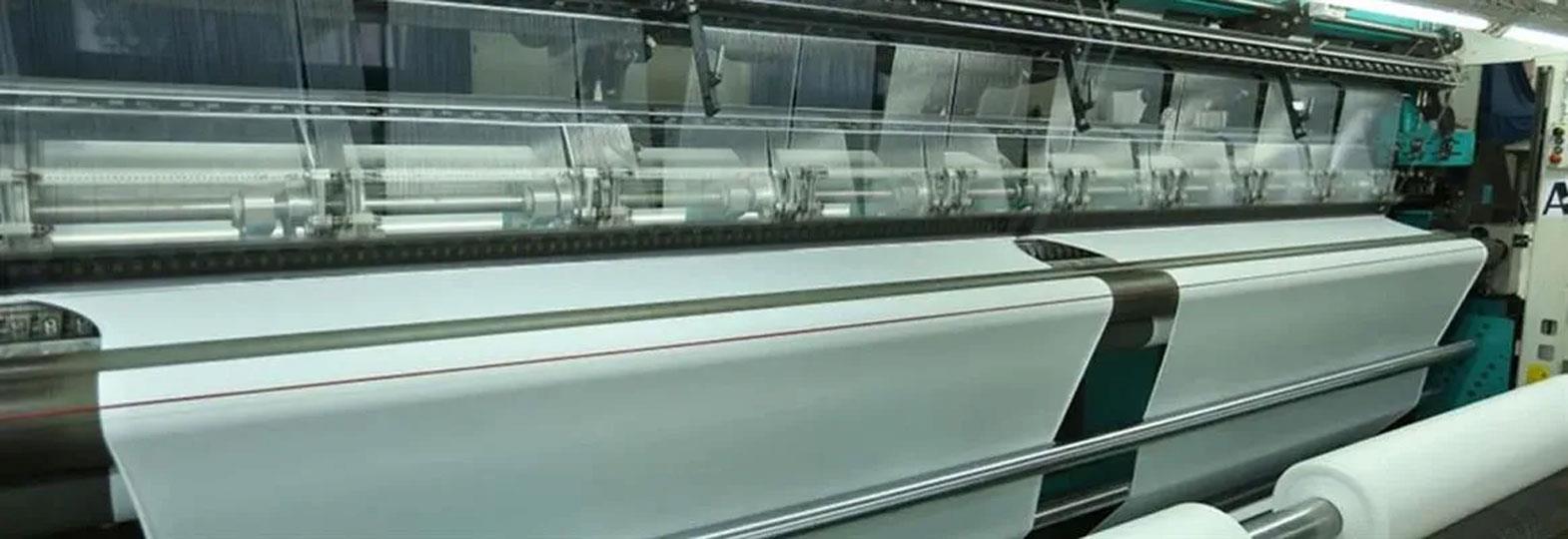Jack fell down and broke his crown...
And Jill came tumbling after....
The USD/INR skyrocketing is the buzz word everywhere in the country. People who neither export nor import much think that the depreciation of the Indian currency is a sign of hurting.
Are we really taking a beating?
The Indian textile machinery industry does not lose much unless it imports raw material or parts from China in USD and exports most of its machines to Europe.
India’s textile machinery exports in rupee terms have increased more than 50 per cent in the last three years. But during the same time, its imports have almost doubled. So, there is inflow and outflow of foreign exchange (forex) happening continuously in the textile machinery industry, but how much of what is in USD vis-a-vis euro would determine the impact on CAD (current account deficit) this industry could influence.
Let us see where each of the textile machinery sub-sector stands in the current scenario:
Spinning machine
India has a very large domestic manufacturing and a larger domestic market. The export of final machines in this segment is to Asia and Africa, predominantly dealing in USD. Hence, the spinning machinery segment is a clear winner here.
However, there are a couple of MNCs manufacturing spinning machines and parts and selling it to their parent companies in Europe. This lot appears to be at a little disadvantage. But at the same time, they are importing critical parts from Europe, which should cover the disadvantages at a macro level.
Weaving machine
Here, most of the manufacturers in India offer low speed machines, competing against the Chinese machines – both new and refurbished. The new Chinese machines are not viable at the current rate of dollar, with the added burden of high shipping cost and inconsistent factory operations in China. But the refurbished machines coming to the country from China still have a sizable market. So, it is sincerely hoped that the Indian government pays some attention here.
Moreover, the domestic manufacturers of weaving machines are dependent on China for some critical parts, who will now start to face some heat. Also, the export of weaving machines from India is non-existent, hence the manufacturers in India will not be able to offset the currency imbalance.
Nevertheless, the high-speed weaving machines from Europe and Japan (trading in euros) have become more favourable with the sudden gain of INR against the euro. If the supply from EU is not hindered because of the impact of the ongoing war, we may expect a large chunk of rapiers and air jets flooding the Indian markets. If the Europeans think wisely, now is the time to set up shops in India.
Processing machine
This sector is a mixed basket of domestic manufacturers and foreign manufacturers, who have set up subsidiaries in India. This segment is wide, with the presence of European and some Turkish and Korean manufacturers who have a visible market share in the Indian pie. This sector may not hurt much, speaking at a macro level, because the end users prefer domestic machines more, even if they are from a factory owned and run by a foreign company. The imports of machines here happen mostly because of the need for the process, where domestically made machines are not suitable or technology is not yet available within the country.
However, there is reasonable export of machines from this sector, again from the Indian manufacturers as well as the foreign owned companies. Here, except for very specialised applications, most of the export is in Asia and Africa, enabling the Indian manufacturers to happily float on the high current of the greenbacks.
Import from Europe is a matter of concern, but most of the import is by the Indian companies, which are owned by the Europeans. The Turkish and Korean manufacturers may have to pass the Indian growth phase this year unless they are ready to pass on the gain of their respective currencies against the dollar. Therefore, time seems to be ripe for the Indian manufacturers in this segment to rise and shine.
Rest of the segments
The rest of the segments within the scope of textile engineering is comparatively scattered and insipid. Let’s take a quick look at a few of them.
For the knitting industry, there are no Indian manufacturers. Only European and Chinese manufacturers have presence in this segment. However, both of them have their own advantages and do not compete with each other directly.
Same is true for garmenting machines, but here Japan is also a stellar supplier.
Plants for nonwovens is again a sector where Europe, China and South Korea are major contenders. A plant imported from Europe is almost 4 to 5 times the cost compared with the Chinese and Korean suppliers; hence the impact of currency here would be negligible. The price sensitive investors would find the import from South Korea and China becoming dearer with the depleting currency scenario.
Way forward
If the Indian textile machinery manufacturers are facing the heat of currency lopsidedness, the short-term strategy should be to reduce import from China, probably by getting into the development zone. The Indian government is very proactive and what is required is to strike before the iron starts cooling off.
Whatever the exporters are losing on account of the rupee getting stronger against the euro may not get compensated easily in the short run. But all the manufacturers exporting to Europe would have sufficient margins to close the deals and add value to their respective companies.
Finally, a large domestic market awaits, and a bumpy ride within should not lead to giving it a cold shoulder.










Comments